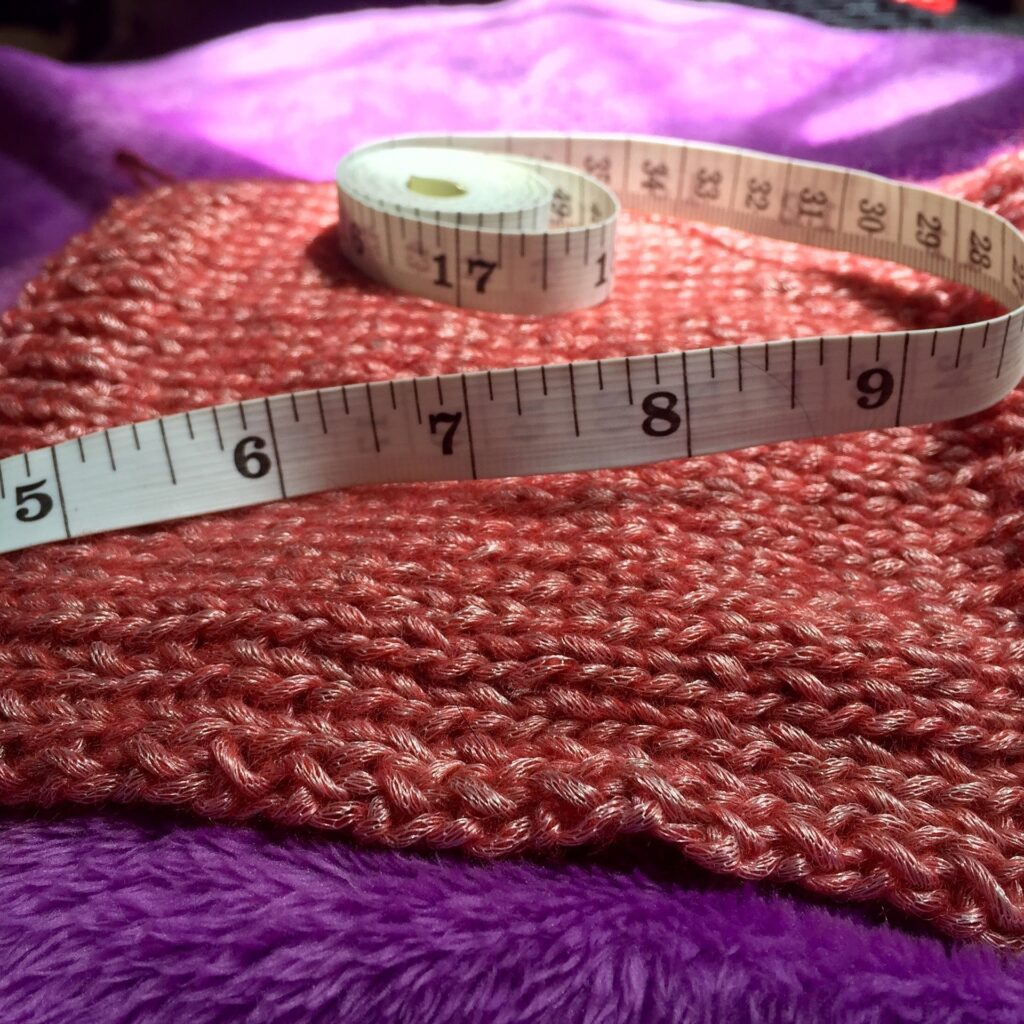Designers, have you ever thought about using a tech editor, testing pool of volunteers, or maybe even a sample maker? Knitters and crocheters, do you wonder what the differences are between these three, and which would be a good fit for you? There are fundamental differences between testers, sample makers, and tech editors in the fiber world. They serve different purposes, although their skills may often overlap.

So what does each one do?
Tech Editors
- Paid to check a pattern line by line
- Review grammar, math, and other areas
- Do not typically make the item
- Is under contract to finish the job
- Formally trained
Testers
- Are unpaid and typically provides their own supplies
- May or may not be incentivized to complete the test
- Make the item, giving user based feedback
- Not trained as an editor
- Will often provide finished project photos, but keeps the item made
Sample Makers
- Is paid, and supplies are provided
- Is under contract to finish the job
- Makes the requested size with no modifications
- Does not keep the sample
- Provides feedback on the pattern

So what are the pros and cons of each?
Hiring a tech editor?
Hiring an editor, while not free, is an investment in your business. It is an investment in your reputation for publishing the BEST patterns! And it will actually save you money in the long run! You’ll spend less time revising your own pattern by trying to edit them yourself and you’ll spend less time answering customer’s questions about errors in your pattern. Because they are paid and professionally trained, you’ll be guaranteed that the job will be finished correctly.
Using only testers?
You’ll have lots of eyes of many different skill levels looking at your pattern. They are helpful in spotting glaring errors or fit issues, and these volunteers are free! But, because they are not being paid, and they are not professionally trained to spot every pattern error, you’ll likely deal with leftover errors in your pattern. You also run the risk of some of these testers ghosting you.
Hiring only a sample maker?
You’ll have one additional set of eyes looking over your pattern, and they are under contract to finish the sample. This sample will be sent to you to use for promotional material, as you like! They are not a trained tech editors, and will likely expect the pattern to have been edited before it reaches them. And of course, they are a paid position, so you would need to factor that into your budget.
So, which one is best to use?
In my designer opinion, it is best to use both a tech editor + a sample maker or testers! If you have to give up any one of the three, keep your editor. Research has consistently shown that sample makers and volunteer testers are much happier when the pattern has been edited before it reaches their hooks or needles!

Have a question about one of these roles? Ask me below in the comment section!
P.S. Every once in a while, designers, you’ll find a tester that will spot the tiniest of errors—a word that should be abbreviated, a missing number, a formatting inconsistency—when you do, realize that you have found–quite possibly–a future tech editor! You should consider advising them to check out tech editing!